The light has come to clear the darkness about the Supreme God, the father of all souls, which we address as immortal and almighty god. The secret information about supreme God has been showcased via this article, and the information has been taken from the holy book, "Shri Guru Granth Sahib" (Sikhism). Here is a list of some important questions about Sikhism or Sikh religion, which you must know.
- What is Sikhism? (Brief History & Information about Sikh Religion).
- Where do Sikhs worship?
- List of the Ten Sikh Gurus
- What text do Sikhs follow and where did it come from?
- Who are Sikhs?
- How do Sikhs view God?
- God’s names in Sikhism.
- Do Sikhs believe in God?
- Do Sikhs believe in heaven or hell?
- Why don’t Sikhs cut their hair?
- Who is ‘Waheguru’ or God in Sikhism?
- Guru of Nanak Dev Ji.
What is Sikhism? (Brief History & Information about Sikh Religion)
Let’s discuss about history and gain information about Sikh religion, or in other words, "What is Sikhism".
Sikhism founded in the 15th-century is one of the four major religions of the world. The main objective of Sikhism is to connect people to the true Name of God. Guru Nanak Jayanti is the most sacred festival of Sikhism and is celebrated by Sikh and other Hindu devotees from all over the world. Guru Nanak Dev described the importance of Guru and said that without a Guru we cannot attain happiness and salvation. Sikhism rejects idolatry, the caste system, ritualism, and asceticism.
Where do Sikhs Worship?
Now let us come to the question "where do Sikhs worship?"
A gurdwara; "gateway to the guru" is a place for worship, or an assembly hall where Sikhs / Raagis (who sing Ragas) recite, sing and explain, the verses from the Guru Granth Sahib, in the presence of a congregation. A Sikh must worship only the abstract form of God. The worship of images or any other object is strictly forbidden.
List of the Ten Sikh Gurus
The Sikh faith was founded by Guru Nanak (1469-1539) and shaped by his nine successors in the sixteenth and seventeenth centuries in South Asia. All Gurus were married and had children except Guru Harkrishan Dev who died at the young age of 8.
- Guru Nanak Dev Ji - Guru from 1469 to 1539
- Guru Angad Dev Ji - Guru from 1539 to 1552
- Guru Amar Das Sahib Ji - Guru from 1552 to 1574
- Guru Ram Das Sahib Ji - Guru from 1574 to 1581
- Guru Arjan Dev Ji - Guru from 1581 to 1606
- Guru Har Gobind Sahib Ji - - Guru from 1606 to 1644
- Guru Har Rai Sahib Ji - Guru from 1644 to 1661
- Guru Har Krishan Sahib Ji - Guru from 1661 to 1664
- Guru Tegh Bahadur Sahib Ji - Guru from 1665 to 1675
- Guru Gobind Singh Sahib Ji - Guru from 1675 to 1708
- Guru Granth Sahib Ji - Guru from 1708 to present
What Text do Sikhs follow and Where did it Come From?
Holy text of the Sikhs is the Guru Granth Sahib. Granth means “large tome or book,” and Sahib denotes its sacred status. There are 3,000 Shabads (all recorded directly by the Sikh Gurus) in the Guru Granth Sahib. The book is addressed as Guru, because it is an authoritative spiritual guide.
It is the repository of all Sikh spiritual heritages, written in Punjabi by the Gurus who led Sikhism in the early days of the religion, beginning in the late 1400s. Its hymns are written in poetic form, called Shabads, and are sung and recited by Sikhs as the source of both guidance and inspiration for their lives.
Who are Sikhs?
The word Sikh is derived from a Sanskrit word meaning 'disciple', or “one who learns”. Sikhs can pray at any time and any place and aim to get up early, bathe, and then start the day by meditating on God.
How do Sikhs view God?
A sikh’s life is pursued by focusing on remembering the Creator always, earning an honest living as a householder, and sharing one’s abundance with the less fortunate. The praising of His Name is the highest of all practices. It has uplifted many a human soul. It slakes the desire of the restless mind. It imparts an all-seeing vision.
God’s Names in Sikhism
Expressive terms / Names used by Sikhs in the Sikh scriptures in reference to God are as follows: “Allah, Thakur, Prabhu, Swami, Shah, Paatshah, Sahib, Sain (Lord, Master).”
Do Sikhs Believe in God?
Sikh believes each and every person must have a Guru in their human life and that there is only One God who is supreme from all. The fundamental beliefs of Sikhism religion are articulated in the sacred scripture Guru Granth Sahib. General philosophical concepts, according to holybook are practiced such as Karma, Dharma, Maya, and Mukti. Congregational Sikh worship takes place in a Gurdwara.
A few portions of Guru Granth Sahib, Raag Aasaavri, Mehla 1 —
Sahib mera eko hai eko hai bhaai eko hai
Aape roop kare bahu bhaanti, Nanak bapura ev kah (page 350)
Jo tin kia so sachu thia, amrit naam Satguru dia (page 352)
Guru pure te gati mati paai (page 353)
Boodat jagu dekhia tau dari bhaage
Satiguru raakhe se bad bhaage, Nanak guru ki charnon laage (page 414)
Main guru poochhia apna saacha bichaari Ram (page 439)
गुरु ग्रन्थ साहेब, राग आसावरी, महला 1 के कुछ अंश -
साहिब मेरा एको है। एको है भाई एको है।
आपे रूप करे बहु भांती नानक बपुड़ा एव कह।। (पृ. 350)
जो तिन कीआ सो सचु थीआ, अमृत नाम सतगुरु दीआ।। (पृ. 352)
गुरु पुरे ते गति मति पाई। (पृ. 353)
बूडत जगु देखिआ तउ डरि भागे।
सतिगुरु राखे से बड़ भागे, नानक गुरु की चरणों लागे।। (पृ. 414)
मैं गुरु पूछिआ अपणा साचा बिचारी राम। (पृ. 439)
In the above-mentioned sacred speech, Shri Nanak Ji is himself accepting that Sahib (God) is only one, and my Guru Ji gave updesh Naam mantra to me; He only acquires different forms i.e. He only is SatPurush; He only assumes Jinda form. He only sitting in the form of a weaver (Dhaanak) also plays the role of an ordinary person i.e.devotee.
Seeing the whole world burning in the fire of birth-death and the results of their actions because of doing pooja opposite to the scriptures, running with the fear of the life being wasted, I took refuge in Guru Ji’s feet.
Sikhism is strictly monotheistic and believes that there is only One God. Guru Nanak prefixed the numeral "IK" (ੴ), one) to the syllable Onkar to stress the idea of God's oneness.
ik oankar sat-nam karata purakh nirabha'u niravair akal murat ajuni saibhan gur prasad.
"There is one supreme being, the eternal reality, the creator, without fear and devoid of enmity, immortal, never incarnated, self-existent, known by grace through the True Guru."
According to their general belief in divine unity; the Creator, the Preserver, and the Destroyer is one. They meditate on the name of the one creator and engage in selfless service. Sikhs imitate Guru Nanak Dev for wearing turbans and almost every Sikh preserves it as an identity of being a Sikh.
Do Sikhs believe in Heaven or Hell?
Sikhs do not believe in heaven or hell as destinations—for Sikhs, heaven can be experienced by taking initiation from Complete Spiritual Guru, by striving for justice for the benefit and prosperity of all. While the suffering and pain caused by lust, rage, greed, attachment, and ego is considered hell on earth. The main purpose of life, according to Sikhism, is to become one with God. In Sikhism, spiritual acts, honest conduct, equality of all humankind and livelihood with Absolute Truth are positive life experiences.
Why don’t Sikhs cut their Hair?
Cutting hair is forbidden for Amritdhari or Khalsa Sikhs or for those who have taken the Amrit initiation in a ceremony during the Sanchar (April 10 - May 10). They are required to keep unshorn hair. However according to the knowledge given by Sant Rampal Ji, spirituality or achieving God has no relation with keeping hair. So it is not mandatory for anyone to keep long hair. Likewise it doesn't even matter if one does keep unshorn hair.
Who is ‘Waheguru’ or God in Sikhism?
Guru Nanak dev, the founder of Sikhism had given us many clues in Guru Granth Saheb that we can attain salvation only from Real Supreme Guru / Tattavdarshi Guru. Supreme Guru plays important role in human life. The real name of God in different native languages is KavirDev (in Sanskrit language in the Vedas), Hakka Kabir (in regional language in Guru Granth Sahib on page no. 721).
He said that:-
"हका कबीर करीम तू, बेऐब परवरदिगार"
"Waheguru", (Wondrous Destroyer of darkness) is the distinctive representation of God's name in the Sikh tradition. It means "Wonderful Teacher" in the Punjabi language.
Information about the Guru of Nanak Dev Ji
In the below-mentioned sacred speech, Shri Nanak Ji is himself accepting that Sahib (Supreme God) is only One, and my Guru ji gave updesh Naam mantra to me; He only acquires different forms i.e. He only is SatPurush; He only assumes Jinda form.
He only sitting in the form of a weaver (Dhaanak) also plays the role of an ordinary person i.e. devotee. Seeing the whole world burning in the fire of birth-death and the results of their actions because of doing pooja opposite to the scriptures, running with the fear of the life being wasted, I took refuge in Guru Ji’s feet.
In Guru Granth Sahib, Raag ‘Siri’ Mehla 1, on Page no. 24, Shabd no. 29
Shabd/Hymn —
Ek suaan dui suaani naal, bhalke bhaunkahi sada biaal
Kud chhura mutha murdaar, dhaanak roop raha kartaar |1|
Mae pati ki pandi na karni ki kaar çuh bigad roop raha bikraal
Tera ek naam taare sansaar, main eho aas eho aadhaar ||
Mukh ninda aakha din raat, par ghar johi neech manaati ||
Kaam krodh tan vasah chandaal, dhaanak roop raha kartaar ||2||
Faahi surat malooki ves, uh thagvaada thaggi des ||
Kharaa siaana bahuta bhaar, dhaanak roop raha kartaar ||3||
Main keeta na jaata haraamkhor, uh kia muh desa dusht chor ||
Nanak neech kah bichaar, dhaanak roop raha kartaar ||4||
Kabir Parmeshwar recited the Shrishti Rachna (Creation of Universe) and said that I am a complete God, my place is in Sachkhand. You are my soul. Kaal (Brahm) distracts all souls with confusing knowledge and is troubling many kinds of beings in their bodies.
■ Supreme God Kabir
Supreme God Kabir Guru of Nanak Dev ji again said, I will give you Satnaam (recitation of Satyanam / actual mantra) which Kaal (Brahm) has kept secret and is not in any scripture.
Ehu jeeu bahute janam bharmiaa, ta Satiguru shabad sunaaiya || (Pg 465)
ए ठगवारा ठग्गी देश, खरा सयाना भोते भार धानक रूप रहा करतार। (Page No: 24)
■ Baba Nanak
emphasizes here on ‘Genuine name’ given by Complete Guru who has bestowed the true mantra on to him (Nanakji) and is saying that this soul (Jeevaatma) kept wandering in the cycle of birth and death for a long time.
Nanak Devji’s Satlok Visit
Shri Nanak Ji requested Kabir Sahib to seek Sachkhand and ultimate One God (Akaal Purush). Then, Kabir Sahib took Shri Nanak Ji's soul to Satyaloka. At Satlok, Shri Nanak Ji saw that Supreme God Kabir Sahib (KavirDev) is sitting in His actual form.
“Hakka Kabir kareem tu, beaeb Parvardigaar
Nanak bugoyad jan tura, tere chaakraan paakhaak”
There is so much brightness in Sachkhand, Shri Nanak saw that an infinitely bright illumined human-like God (who was sitting on the throne) as if in one hair follicle, there is more brightness than the combined light of crore suns and crore moons (but there is no warmth). On his own another form (Jinda Mahatma जिन्दा महात्मा), Kabir Sahib started moving whisk / doing chanvar (चंवर) as a humble servant.
Then Shri Nanak Ji thought that this is the Ultimate God who is sitting on the throne; Kabir will be a servant here, but the lok is different from all. God is very effulgent. While Nanakji is thinking all this, the effulgent form of God stood up and KavirDev sat down on the throne. Then, the actual visible effulgent form of God started moving whisk on Kabir Sahib. Thereafter, Kabir Sahib’s effulgent form vanished into Kabir Sahib.
And only, Supreme God KavirDev is sitting on the throne; and the chavar /Whisk began to drift on its own. Then Nanak Ji said that You are the Master and I recognize you as Waheguru from Satyanaam. This process took three days. Sahib Kabir Ji returned the soul of Nanak to the body. On the third day, Shri Nanak came to his senses. After realizing Kabir Saheb as a God in Satlok, Shri Nanak Ji said ‘ Waheguru’ Satnaam.
“Jhanki dekh kabir ki nanak kiti Wah, WaH sikha k gal padi ab kaun chutave tha.”
Waheguru is a term most often used in Sikhism to refer to God, the Supreme Being or the creator of all.
Kabir Saheb had said :-
गुरु गोविंद दोनों खड़े, काके लागू पाए, बलिहारी गुरु आपने जिन गोविंद दियो मिलाए
FAQs about Who is Supreme God in Holy Book Guru Granth Sahib (Sikhism)
Q.1 Who is the Supreme God in Sikhism?
In Guru Granth Sahib, Raag ‘Siri’ Mehla 1, on Page no. 24, Speech no. 29, It's mentioned that Almighty who appeared to Nanak Ji as a weaver is none other than Lord Kabir.
Q.2 Supreme God in Sikhism
In Sikhism supreme God is Kabir who met Nanak Dev Ji in Jinda form and gave initiation to him.
Q. 3 Is Guru Nanak God?
No, Guru Nanak was a devotee of God Kabir, he was not God.
Q.4 Is Waheguru a God?
Seeing the glory of Lord Kabir in Satlok (eternal abode), when Nanak Dev Ji returned back and saw him in Kashi his spontaneous reaction out of excitement was 'Waheguru Satnam' which is simply a gesture that Lord Kabir granted him true salvation mantra.
Q.5 What is the Om in Sikhism?
In Sikhism, they say 'Ik Onkar'. They say it to express that there's only one Almighty, supreme God who can't be compared with anyone.
Recent Comments
Latest Comments section by users
If you have any query regarding the above content then please email us at [email protected], we will try to solve it with proof.

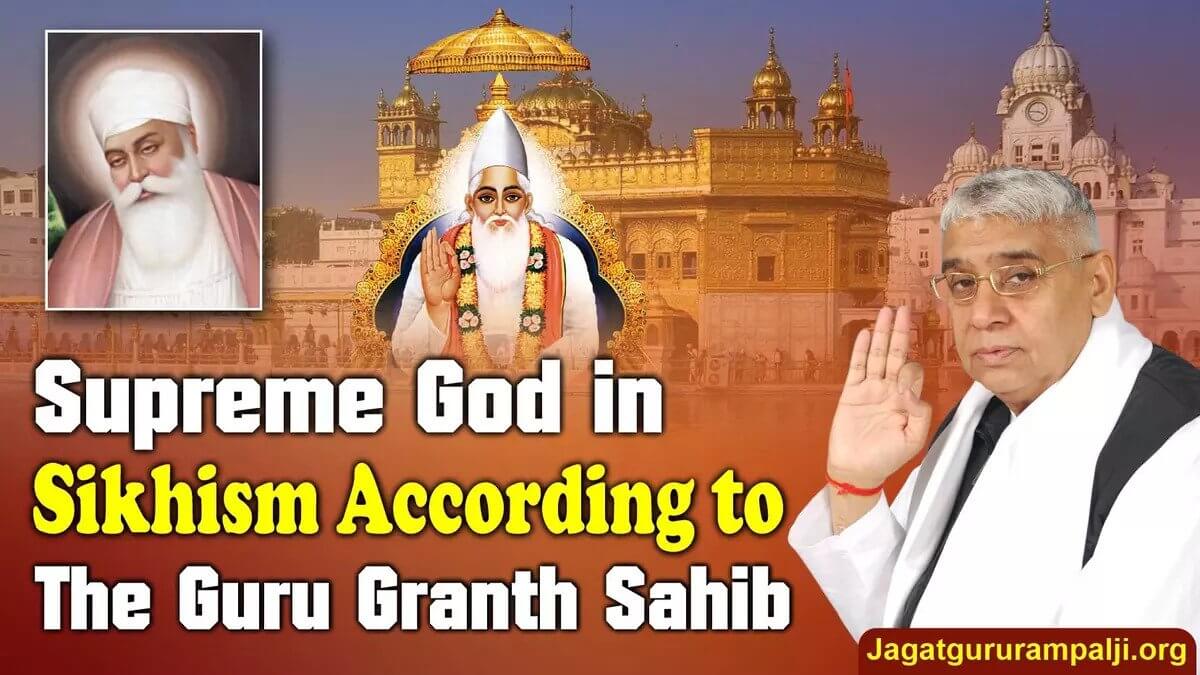
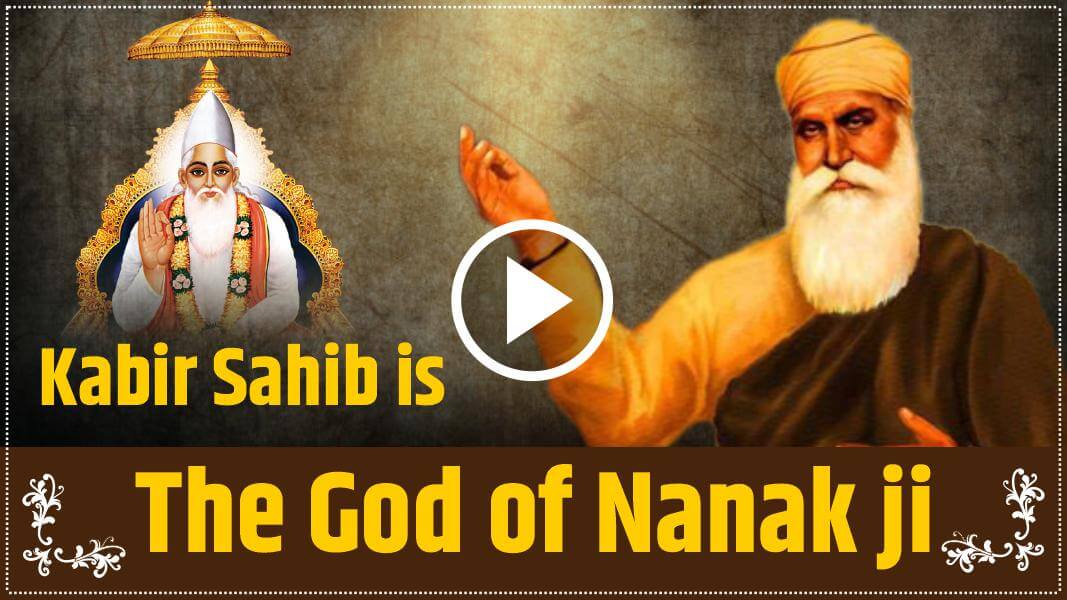
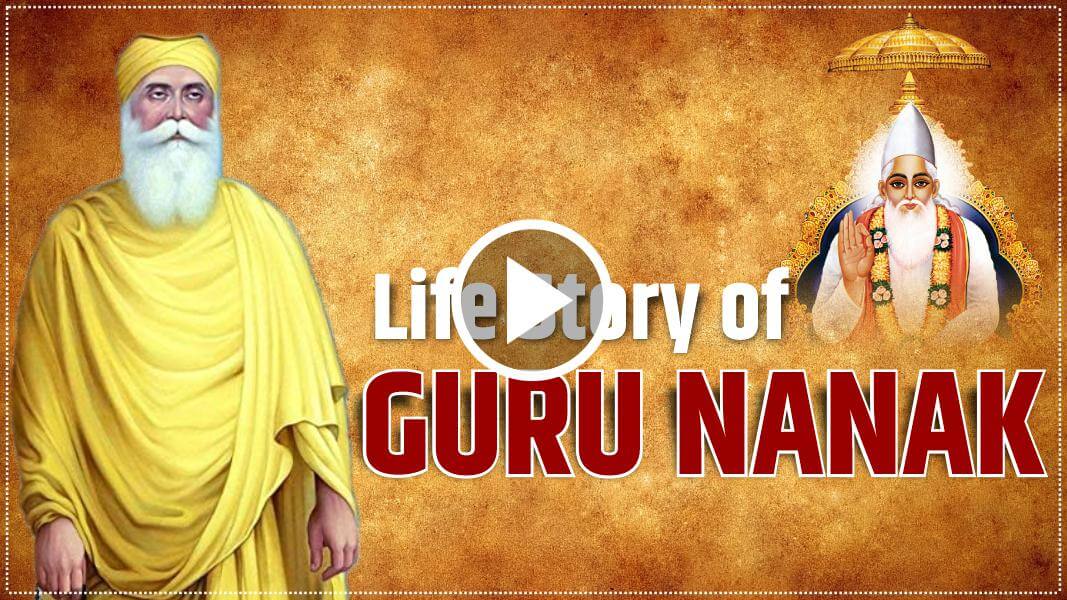
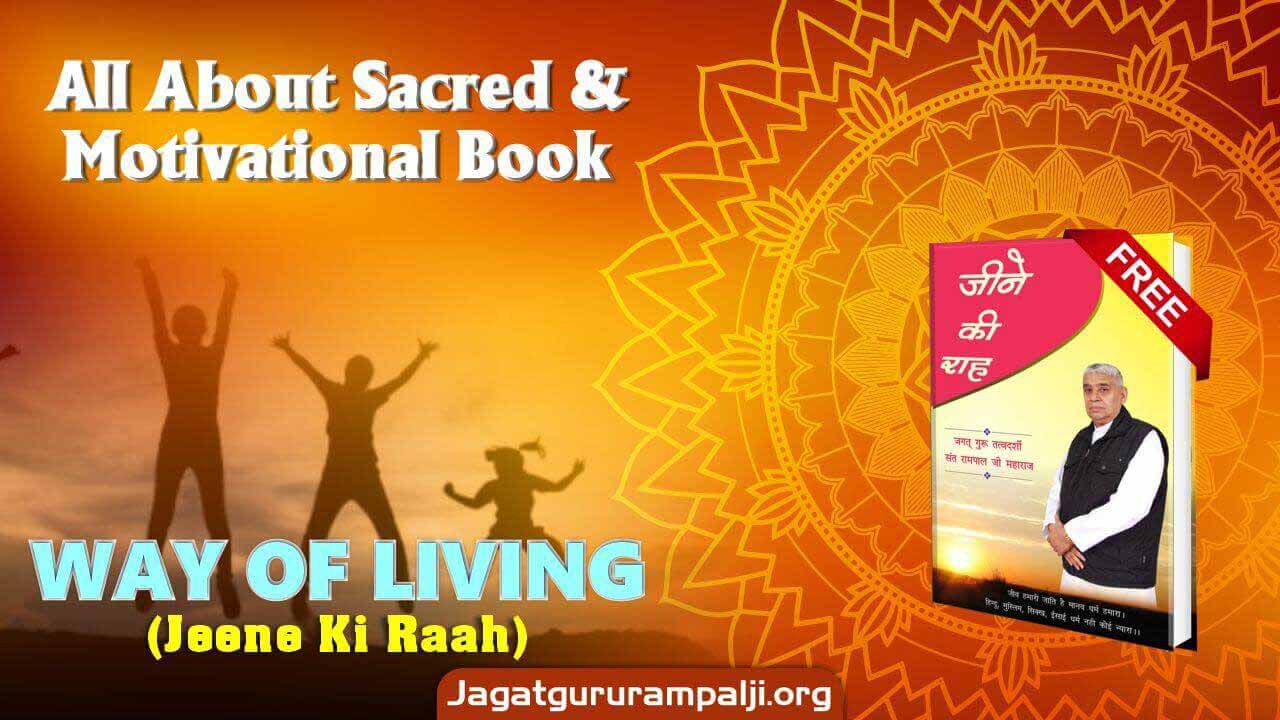
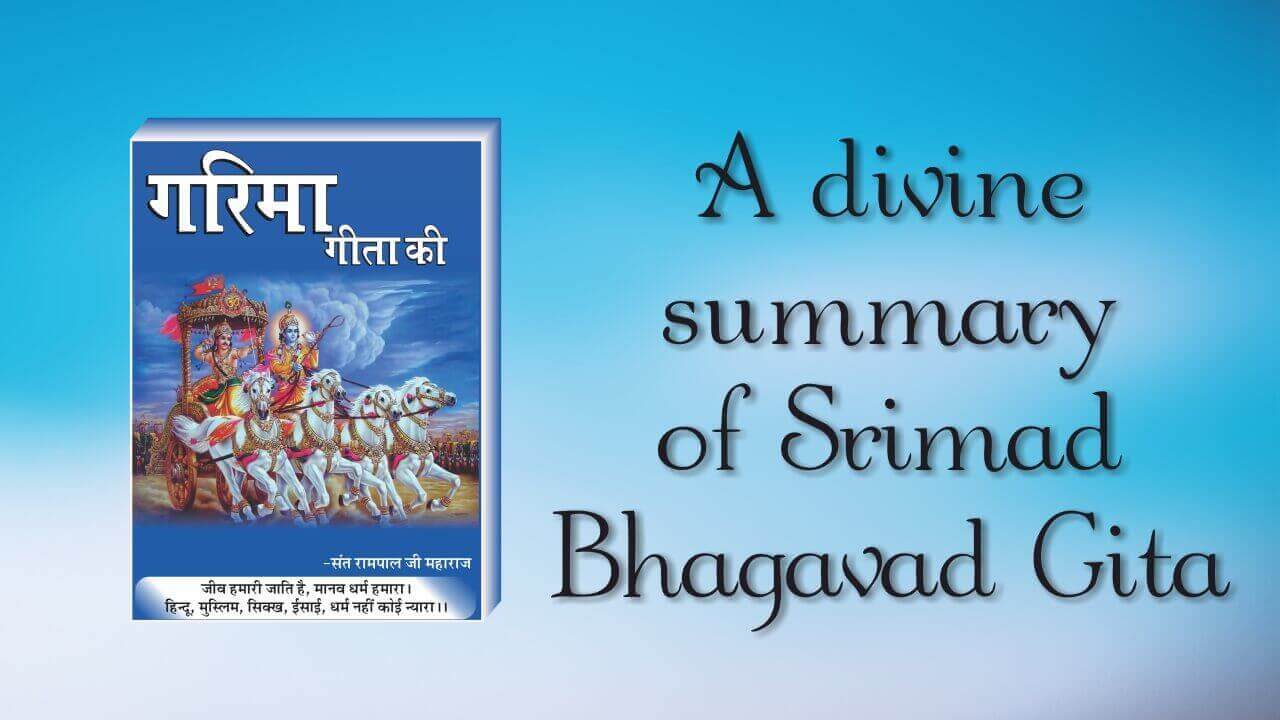
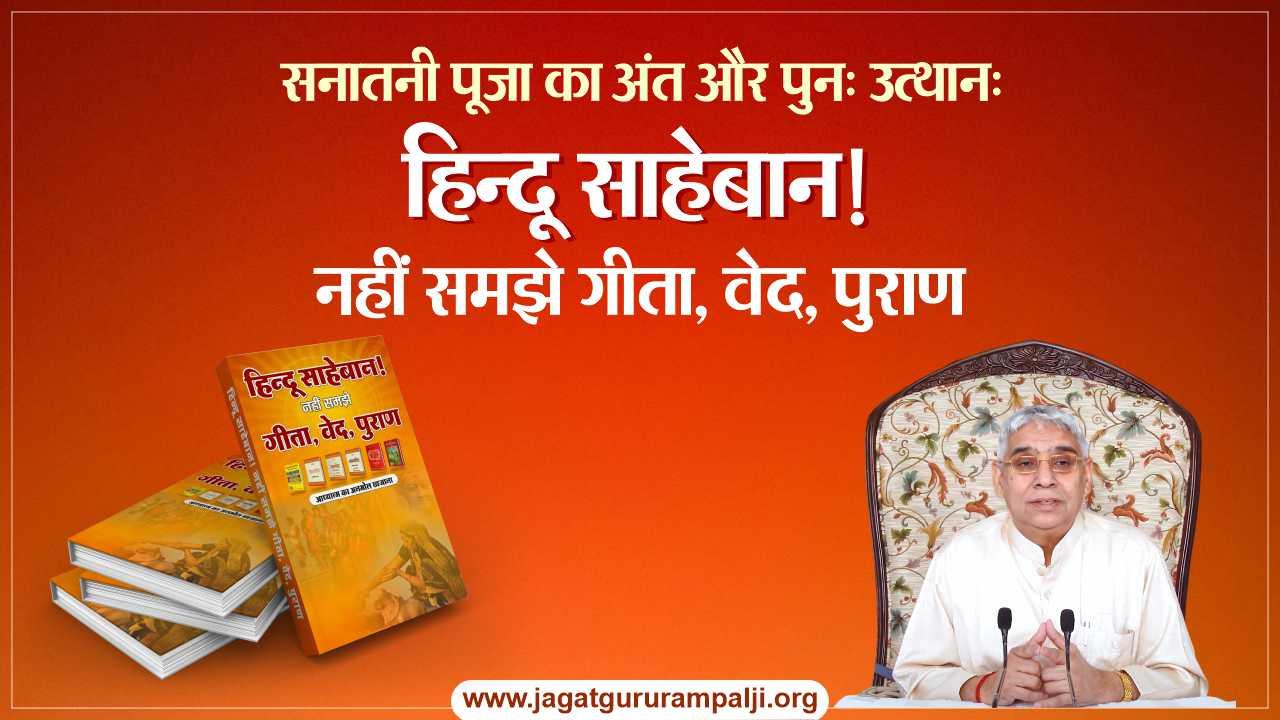

Manpreet
What do 'panj piare' or five beloved ones symbolise in Sikhism?
Satlok Ashram
There are five main deities whose salvation mantras are to be recited for attaining Salvation as granted by enlightened Saint. In reality, 'Panj Piare' is symbolic of those five chiefs who are to be worshipped. Rest all theories stated are an outcome of ignorance and misinterpretation.
Dr. P S Bhatti
The practice of "Amrit Sanchaar", the initiation ceremony in Sikhism identity is represented by Five "K (akars)" every Amritdhari (initiated) Sikh has to wear
Satlok Ashram
To attain God there is the process of taking initiation by taking refuge in an enlightened Saint. After obtaining salvation mantra from him the nectar water is given to the disciple. This is the process of 'Amrit Sanchaar'. No other process has been mentioned in scriptures for the same.
Harpreet
Sikhs are ordered by the SatGurus to meditate by chanting Waheguru, the Name of God.
Satlok Ashram
Respected Shri Guru Nanak Dev Ji was taken to Sachkhand by Almighty. After he returned he glorified God and out of happiness and excitement seeing him in Kashi, his automatic expression was 'Waheguru, Satnaam Waheguru" means God whom he saw in eternal world is present on earth and granted him salvation mantra 'Satnaam'. Waheguru is no mantra to be chanted, it is simply symbolic.
Gurpreet Kaur
The oneness of formless God is consistently emphasized throughout in Sikhism. One attributive name of God is Nirankar (Formless).
Satlok Ashram
God is not formless. He is like humans. This is a wrong notion in Sikhism. Evidence from all holy scriptures including speech mentioned in SGGS, Malaar Mehla Pehla on page 1257 proves that God is corporeal, he walks, talks, meets and can be seen. Here his physical appearance has been described in detail.